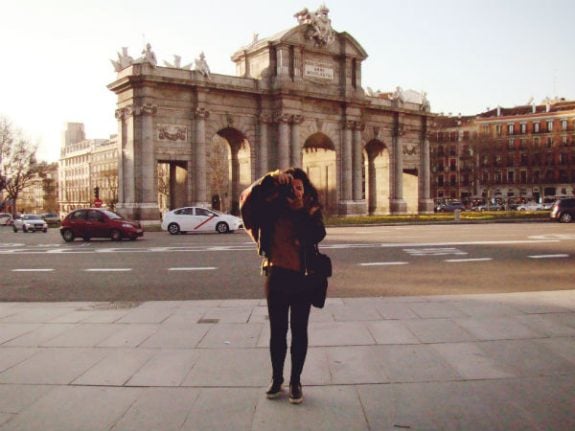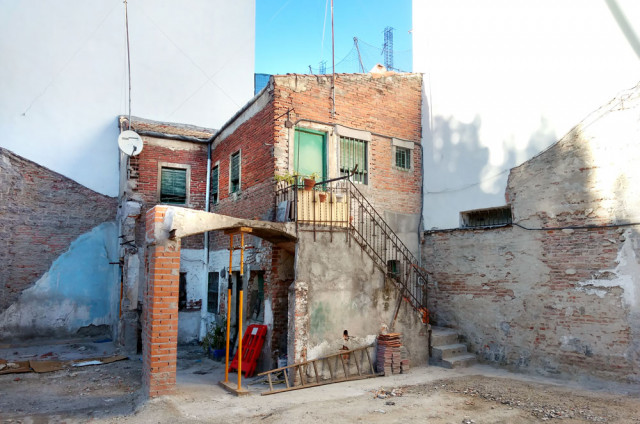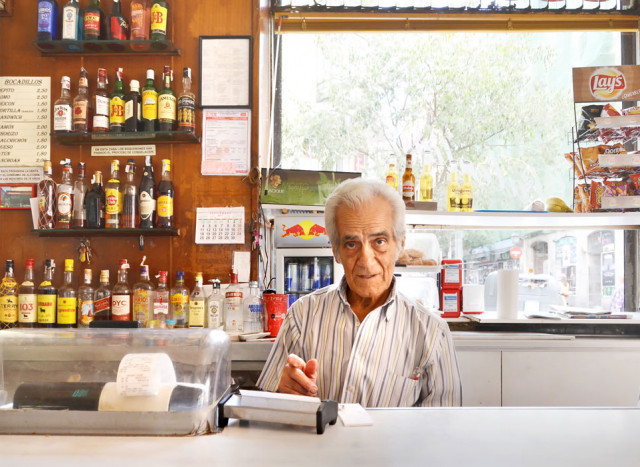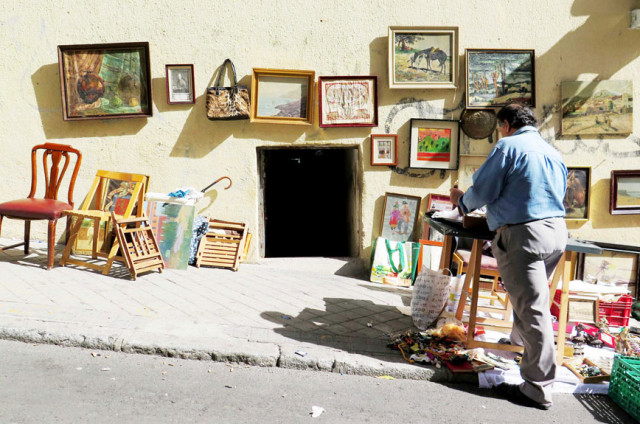Three years ago, I quit my well-paying job in the heart of New York City and decided that I wanted to move to Spain. Leaving all of my family and friends behind, I did the research, took the necessary steps, secured a job and made the move to start teaching English. Now, when I made the decision, I knew that being a teacher wasn’t what I wanted to do for the rest of my life, but I knew it would allow for me to live in a country I love.
Since that time, I have started my own business, created a meaningful community of both expats and locals alike, grown to have an international following and most importantly, come to feel as if Spain is my home. Now, I’m not here to toot my own horn, but instead to share my story so others can understand that what it is you dream of, can be attainable.
So often, people reject the idea of moving abroad because they feel it will hinder them professionally. They truly believe that if they leave the US, meaningful opportunities won’t be available to them. In the age of entrepreneurship and with common terminology like, “digital nomad,”now more than ever, it’s possible to work from anywhere in the world… you just need to have the desire and work ethic to make it happen.
Moving from the “greatest place on earth” to a city in the south of Spain, might have just been the best professional move I could have made. Here’s why making that big move can set you up for success.
You Have To Think Outside Of The Box
Getting up and moving to a completely different country forces you to think outside of the box. When you’re an expat or frequent traveler, you will quickly learn how to adapt to new situations and think of creative ways to go after what you want.
Whether it’s learning a new language, starting your own business or simply figuring out what to use to substitute your favorite products from back home… the skills you’ll gain will set you up to grow both personally and professionally.
If you’re a certified yoga instructor, start by giving afternoon classes until you create enough buzz to do it full-time. If you’re an amazing photographer, use your skills to collaborate with local models or businesses until you have a large enough portfolio to pitch to CN Traveler or Travel and Leisure. You get my drift, but being creative and patient is key when figuring out how to go after what you want in the workforce while abroad.
You Can Connect And Learn From An International Community
Living in a different country, especially if you go alone will open up doors and put you in front of many different types of people from all over the world. Your network will expand tenfold and you’ll be inspired to surround yourself with like-minded people from across the globe.
Since living in Spain and launching Las Morenas de España, I’ve met an amazing array of long-term expats who have worked hard to create a life they truly love and do meaningful work along the way. There are so many change makers and influencers that have knowledge to share, so connect, reach out and learn from others. THRIVE, an innovative conference in Madrid is the perfect example of putting yourself in a situation where you can connect with and learn from others, realizing the importance of creating a meaningful life, no matter where you’re located.
You Have Time To Invest In What You’re Actually Passionate About
Let’s be honest with ourselves… work/life balance in the US is not sustainable.Comparing habits and work structure in America with some countries in Europe, it’s hard to imagine why some would choose a life feeling overworked and under-appreciated.
When living abroad, odds are, you will have much more free time for yourself and how you choose to spend that time is up to you. For some, that means exploring new parts of the world through travel and for others, that time can be invested into honing in on things that you’re passionate about and finding the ways to make it your profession. You’ll be able to devote the necessary time and effort to the things you’ve always wanted to.
ADDED BONUS: Cost Of Living
In many foreign countries, the cost of living can be cheaper than what we’re used to in the US which can allow us to save, invest, live comfortably while pursuing your dreams and advancing both personally and professionally. I’ll be honest, the quality of life that I’ve been able to attain since living in Spain has allowed me to sustainably grow a business I care about in a way I wouldn’t be able to back in the states.
If you want to find out more about professional growth and development while living abroad, find out more at THRIVE on November 5th in Madrid, Spain.




 One of Madrid’s most iconic no-frills bars and its owner, Casto. (The establishment closed in March 2018 on the death of Casto).
One of Madrid’s most iconic no-frills bars and its owner, Casto. (The establishment closed in March 2018 on the death of Casto)..jpg) Cervecería La Carpa one quiet afternoon
Cervecería La Carpa one quiet afternoon.jpg) Discover Madrid's hidden corralas
Discover Madrid's hidden corralas A stall at El Rastro, and a tiny door to huge, underground storage units
A stall at El Rastro, and a tiny door to huge, underground storage units Please whitelist us to continue reading.
Please whitelist us to continue reading.
Member comments